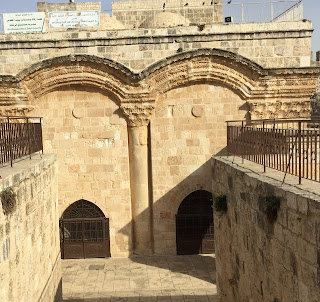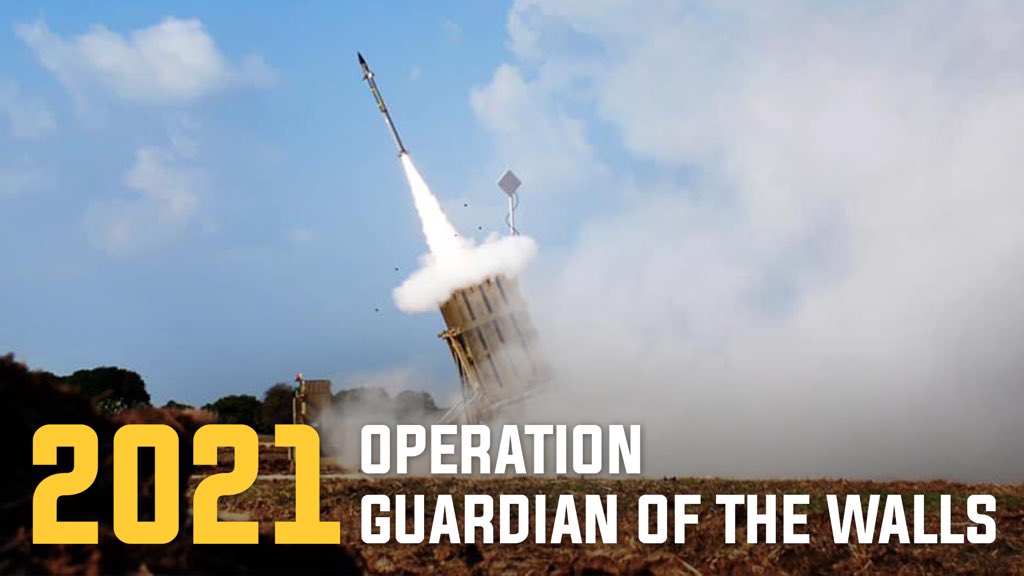The controversy surrounding the Bab al-Rahma (Gate of Mercy or Golden Gate) prayer hall, located east of al-Aqsa Mosque on the Temple Mount, resurfaced on Saturday after the Wakf claimed that Israel Police officers halted renovation work at the site.The site was closed by court order in 2003 after the police discovered that members of the Islamic Movement in the Israel-Northern Branch were using it for political activities. Despite the closure, Palestinian activists have made repeated attempts to reopen it.In 2019, activists reopened the entrance to the prayer hall, allowing hundreds of Muslim worshipers to pray. When the police tried to close the area again, they were met with protests by Muslim worshipers, the Jordanian-controlled Wakf Islamic religious trust and the Palestinian Authority.In the aftermath of the 2019 protests, Israel reportedly reached an agreement with the Wakf to keep the site closed, while allowing Muslim worshipers to pray near it.
There are no photos or video of the Israeli police doing anything at the prayer hall on Saturday, so this may be an excuse to start something up again. There have been condemnations across the Arab world for this event that may have never happened. (As is too often the case, I don't see any official statements from the Israeli authorities.)
Predictably, the rumors are starting. Palestinian news agency Safa says that Israel plans to turn the building into a synagogue:
The ambitions of the Israeli occupation did not stop the chapel of Bab al-Rahma, east of the blessed Al-Aqsa Mosque. Rather, it is actively seeking to re-close it again, and empty it of worshipers and stationed, in a dangerous attempt to convert it into a Jewish synagogue, and impose spatial division in the mosque.
The building is built into the wall surrounding the Temple Mount. It would actually make a wonderful synagogue (Yisrael Medad joked to me when he gave me a tour of the Temple Mount that it already has separate entrances for men and women). But the chances that the Israeli government is planning to do such a thing is exactly zero.
Palestinians made the same accusations in 2020. I noted then:
In a fair world, though, the Bab al Rahma prayer room would be an excellent place for a synagogue on the Temple Mount.
I have been interested in the site for a while. To the immediate left of the structure are some old beams of wood, barely covered in canvas. (Here is a screenshot from a video I made in 2019.)
There is serious evidence that some of these beams could be from the First and Second Temple periods, and conceivably from the Temples themselves.
Matti Friedman wrote a fascinating article about them in 2013.
Which is as good a reason as any to keep people away from the site until the beams could be properly secured.

 Elder of Ziyon
Elder of Ziyon





















.jpg)





